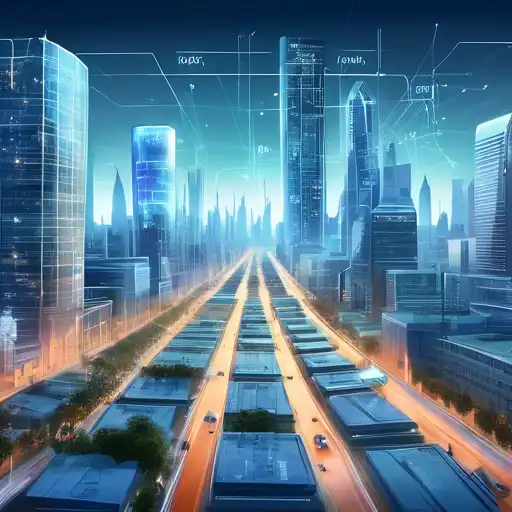Introduction to IoT and Smart Cities
The Internet of Things (IoT) is revolutionizing the way cities operate, making them smarter and more efficient. By connecting devices and systems across urban areas, IoT technology enables real-time data collection and analysis, leading to improved public services, reduced environmental impact, and enhanced quality of life for residents.
Key Benefits of IoT in Urban Environments
IoT offers numerous advantages for smart cities, including:
- Improved Traffic Management: Smart traffic lights and sensors can reduce congestion and improve road safety.
- Energy Efficiency: IoT devices optimize energy use in street lighting and buildings, cutting costs and emissions.
- Waste Management: Smart bins and recycling systems ensure cleaner streets and more sustainable practices.
- Public Safety: Surveillance and emergency response systems are enhanced through IoT connectivity.
Real-World Examples of IoT in Action
Cities around the globe are harnessing IoT to address urban challenges. For instance, Barcelona has implemented smart water management systems to conserve resources, while Singapore uses IoT for its intelligent transport system to ease traffic flow.
Challenges and Considerations
Despite its benefits, the integration of IoT into urban areas presents challenges such as data privacy concerns, the need for robust cybersecurity measures, and the high cost of infrastructure development. Cities must carefully plan and implement IoT solutions to maximize their potential while minimizing risks.
The Future of IoT in Smart Cities
As technology advances, the possibilities for IoT in urban development are boundless. Future innovations may include autonomous public transport systems, AI-driven urban planning, and even more interconnected devices that further streamline city living.
For more insights into how technology is shaping our world, explore our articles on emerging technology trends and sustainable urban development.
Conclusion
IoT is at the heart of the smart city revolution, offering solutions to some of the most pressing urban challenges. By embracing this technology, cities can become more livable, sustainable, and efficient, paving the way for a brighter future for all residents.
